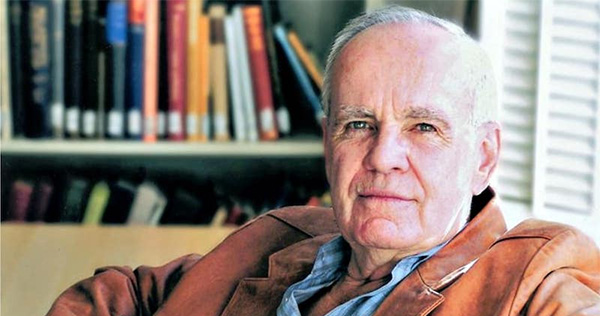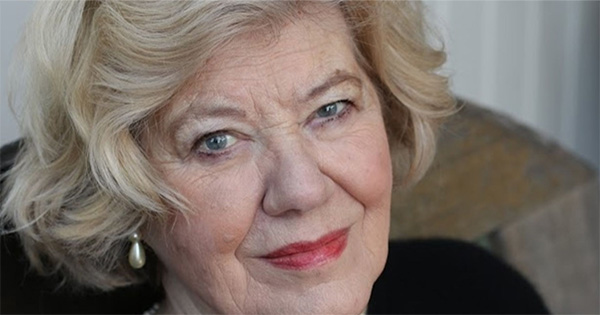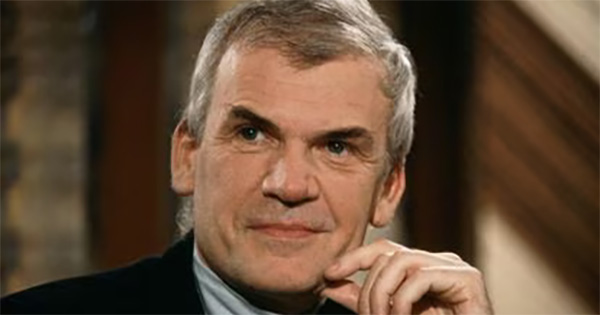Ernest Hemingway is arguably one of the finest authors to have ever put pen to paper, and his given us many modern classics such as A Farewell to Arms, For Whom the Bell Tolls, and The Old Man and the Sea. Fans of Hemingway will be very pleased to learn that, more than 60 years after it was first written, a Hemingway story called A Room at the Garden Side is set to be published for the first time.
For decades, the novel has remained hidden away from scholars and academics, but has finally resurfaced. The story takes place in the Ritz Hotel, Paris, a setting which has appeared in previous Hemingway novels and holds personal significance for the author. The novel is narrated by a character called Robert, who happens to share Hemingway’s own nickname, Papa. Robert and his band of soldiers, who are all due to leave the city the next day, spend their time drinking and debating “the dirty trade of war.”
The Paris Ritz Hotel is an important location for Hemingway, who travelled there in 1944 as the occupying Germans began to leave Paris. Hemingway worked as a war correspondent and arrive there with a group of soldiers and informed the staff he was there to ‘liberate’ them. When he was told that the German dignitaries had already left, Hemingway took over the bar and poured out champagne for everyone. Hemingway later said: “When I dream of afterlife in heaven, the action always takes place in the Paris Ritz.”
The novel is currently being stored in the Library of Congress and the John F Kennedy library in Massachusetts. A Room on the Garden Side will be published in the Strand magazine, a literary quarterly that has published obscure works by authors such as Raymond Chandler, John Steinbeck, and HG Wells.
“Hemingway’s deep love for his favourite city as it is just emerging from Nazi occupation is on full display, as are the hallmarks of his prose,” said Strand managing editor Andrew F Gulli in an introduction to the story. In an afterward, Kirk Curnutt, a board member of the Hemingway Society, wrote: “the story contains all the trademark elements readers love in Hemingway.
“Steeped in talk of Marcel Proust, Victor Hugo, and Alexandre Dumas, and featuring a long excerpt in French from Charles Baudelaire’s Les Fleurs du Mal, the story implicitly wonders whether the heritage of Parisian culture can recover from the dark taint of fascism.”
Hemingway was no stranger to war. He served as an ambulance driver during World War I, was a journalist during the Spanish Civil War, and was a soldier and correspondent during the Second World War. In 1944 he reported on the liberation of Paris from Nazi occupation for Collier’s magazine.
Since his suicide in 1961, numerous writings of Hemingway’s have been published. A memoir of his life in Paris during the 1920’s called A Moveable Feast was published in 1964. Islands in the Stream was published in 1970 and The Garden of Eden was released in 1986.
During his final years, Hemingway continued to write constantly and had many stories yet to be published. In a letter he wrote to his publisher in 1956, he wrote: “I suppose [the stories] are a little shocking since they deal with irregular troops and combat and with people who actually kill people,” Hemingway told Scribner in a letter in August 1956. “Anyway, you can always publish them after I’m dead.”

Birmingham Poet, Benjamin Zephaniah dies, aged 65

Top Authors Join Legal Battle Against OpenAI for Mass Copyright Infringement

Literary Icon, Cormac McCarthy has died

The Literary World Mourns Martin Amis

Anne Perry, Murderer turned Crime Writer dies, aged 84

